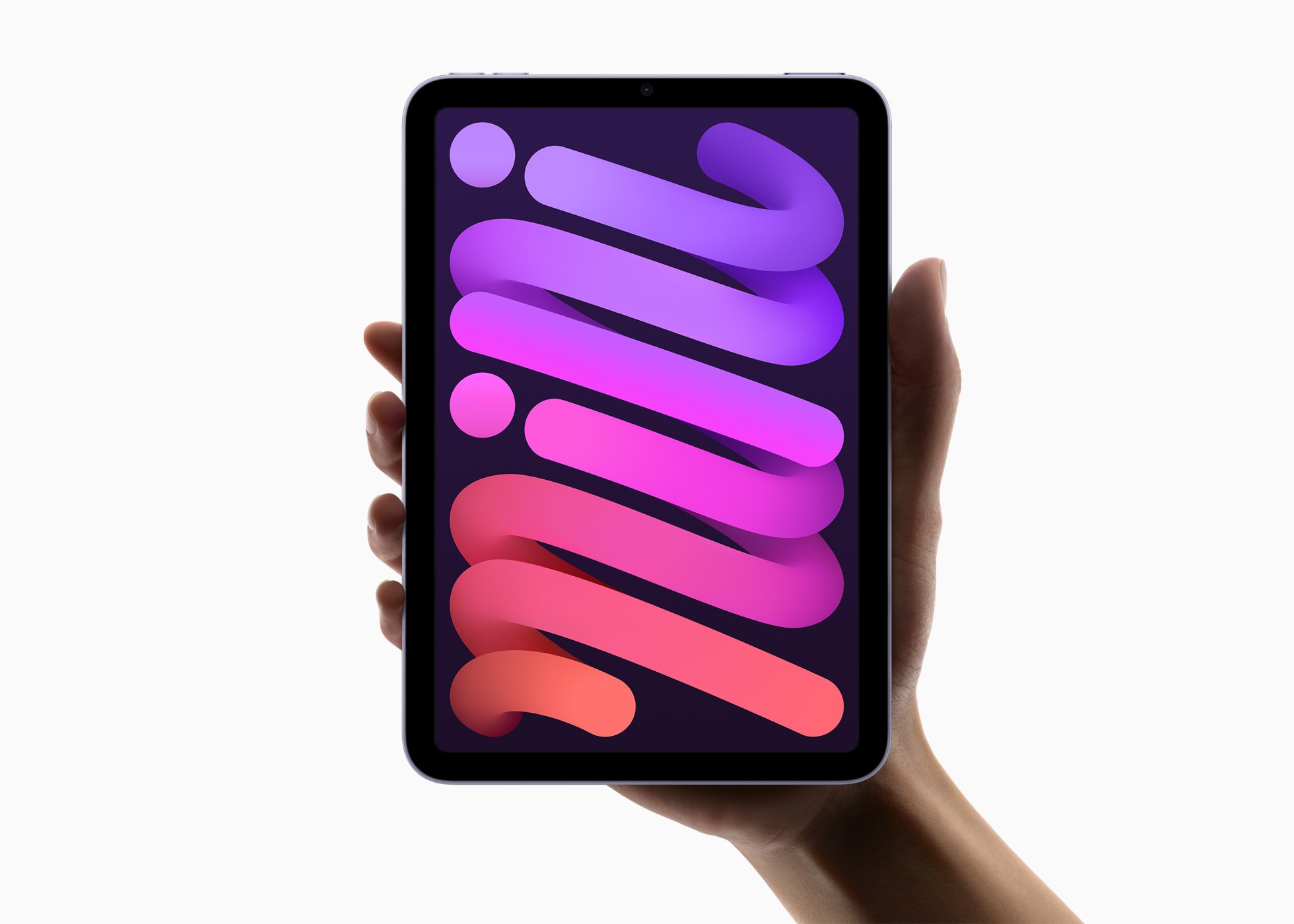Apple is facing its worst nightmare and retailers a lack of Apple products that in the past has driven consumers into stores during the peak end of year buying period.
Traditionally Apple and their key partners Foxconn and Pegatron, have taken advantage of the October Golden Week holiday to ramp up production of Apple products, including iPhones and iPads to service the peak selling period of the year, only this year there was no peak production period, due to supply chain constraints and restrictions on the use of power in China, multiple sources with knowledge of the situation have said.
For the first time in more than a decade, iPhone and iPad assembly was halted for several days.
As a result, Apple is millions of units short of its production goals and is now set to miss out on billions of dollars in revenue.
In many countries, it is now too late for consumers to buy some Apple products with Apple moving to sell product direct via their own stores Vs mass CE retailers.
“Due to limited components and chips, it made no sense to work overtime on holidays and give extra pay for front-line workers,” a supply chain manager involved told Nikkei Asia.
“That has never happened before. The Chinese golden holiday in the past was always the busiest time when all of the assemblers were gearing up for production.”
Normally Apple manufactures over 200 million iPhones, 20 million MacBooks, 50 million iPads, and more than 70 million pairs of AirPods annually, this year these numbers are set to fall “considerably” claim sources.
In September and October, production of the iPhone 13 range fell 20% short of previous years.
This was after Apple prioritized all the necessary components for the latest flagship smartphone at the expense of iPads and older model iPhones.
If you want Apple product consumers are going to be pushed into the most expensive model claim Apple analysts.
The reallocation of the shared components squeezed iPad assembly resulting in 50% less iPad production.
As for older generation iPhones production dropped by 25%, according to Nikkei sources.
The iPhone 13 Pro Max contains more than 2,000 components, and it is the smaller, cheaper ones that are worst affected by supply chain disruptions. (Photo by Tetsuya Kitayama)
At the beginning of December, the company was on course to manufacture between 83 and 85 million units of the iPhone 13 range before the end of the year. This was down from their target of 100 million units.
Nikki claims the bottlenecks is not coming from production of the most expensive components like the $45 core processor, the A15, or the 5G modem that enables latest-generation wireless communication, or the premium organic light-emitting diode display that could cost up to $105 per unit.
Instead, the real headache comes from the tiny “peripheral” components such as power management chips from Texas Instruments and transceivers from Nexperia as well as connectivity chips from Broadcom.
These processors are not unique to the iPhone, and are used across computers, data centres, home appliances and connected car resulting in global shortages across the board.
“The entire semiconductor industry has been unable to meet this critical demand, also due to increasing lead times for raw material. This results in shortages, for Nexperia, too,” a Nexperia representative told Nikkei, though declining to comment on Apple. TI and Broadcom did not respond to requests for comments as of publication.
Apple and its suppliers have faced a litany of problems. The monthslong lockdown in Vietnam affected iPhone camera module production from Sharp, as Nikkei previously reported, which dragged out the timeline for final product assembly. COVID-19 disruptions in Malaysia weighed on production of many electronic components and chips; the Southeast Asian country plays a pivotal role in chip packaging and testing — the final step of making chips. Unexpected restrictions on industrial power use in China piled on further misery.
“Even if you have 99% of the components ready on hand, if you lack one or two or three components, it is not possible to kick off the final assembly of the product,” an executive at a top Apple supplier told Nikkei.
2021 was shaping up to be a strong year for Apple, as it sought to grab market share from Huawei Technologies, whose premium smartphone business was seriously dented due to U.S. sanctions that have blocked it from obtaining critical components. In the first nine months of the year, iPhone shipments grew nearly 30% over 2020.
But the headwinds kept intensifying. Apple CEO Tim Cook acknowledged that supply constraints cost Apple about $3 billion to $4 billion in lost revenue in the April-June quarter and another $6 billion in the July-September quarter. He forecasts an even larger impact for this year’s final quarter. The scale of the hit will be revealed in Apple’s next financial results, due around the end of January.
Consumers across the globe will likely miss the Christmas window if they place an order for a new iPad now, with delivery times already extended to mid-to-late January, according to Apple’s website. For the iPhone 13 Pro and 13 Pro Max, the waiting time has shortened to one to two weeks, from up to five weeks less than a month ago.














































